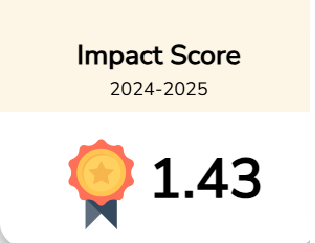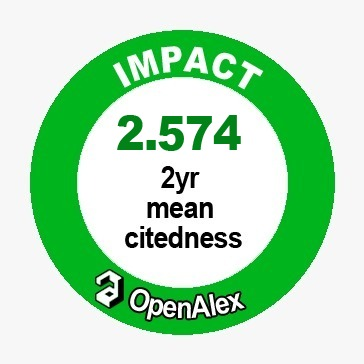Associations Between Actual and Perceived Weight Status among Female Students in Karachi
Downloads
This study aimed at exploring the weight status, self-perceptions of weight and associations between the two among a selected group of female students in Karachi This research was conducted on 300 female students of R.L.A.K college of Home Economics. Convenient sampling method was used to collect data from May 2017 till June 2017. Students filled questionnaire for the assessment of verbal and visual perception through structured questions and body image, weight managing practices were also answered through questions. Height and weight were measured on calibrated scales. Analysis was done on SPSS version 16 by using descriptive statistics. Pearson Chi square test and independent sample t-tests were applied. Based on measured BMI; the prevalence of underweight, normal weight and overweight females was 27.7%, 46.7% and 25.7% respectively. Match between “perceptions indicated by choosing sketches” and actual weight category was highest among normal weight subjects (73.6%), followed by underweight (42.2%) and least among overweight subjects (27.2%). Match between “perceptions indicated by choosing words: underweight, normal weight, overweight” and actual weight category was also highest among normal weight subjects (73.6%), but was followed by overweight (39.8%) and least among underweight subjects (39.3%). Fifty seven percent of the underweight, 6.2% of normal weight and 1.5% of the overweight subjects were were trying to gain weight. This study has explored accuracy of weight related perceptions and weight management practices and the results indicate need for better guidance of female college students in their weight management efforts.





